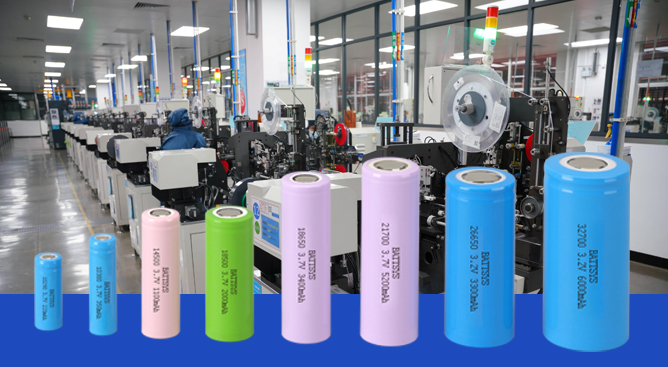Assembly process of lithium iron phosphate battery manufacturers.
The assembly process of lithium iron phosphate battery manufacturers is introduced as follows:
1. Choose appropriate
battery cells, cell type, voltage, and internal resistance to match, and balance the battery cells before assembly. Cut the electrode and drill a hole.
2. Calculate the distance based on the holes and cut the insulation board.
3. Install the screws, please use flange nuts to prevent the nuts from falling off. Once the screws are connected properly, you can fix the lithium iron phosphate battery manufacturer's assembly.

4. When connecting and soldering wires, do not connect the voltage acquisition line (equalization line) to an external protective board to prevent accidental burning of the protective board.
5. Insulated silicone is fixed again, as this type of silicone will solidify over time.
6. Place the protective plate. If you forgot to balance the battery cells before, this is the last chance for lithium-ion battery manufacturers before assembly, and you can balance them through the balancing line.
7. Use insulation board to fix the entire lithium iron phosphate battery manufacturer group, and package it with nylon tape. Nylon tape is more durable. Please note that we have never used steel shells. Although steel shells are beautiful and sturdy, it is difficult to guarantee the bonding of the battery cells. Some shells that are not handled properly may scratch the battery cells, causing leakage, and even accidents due to poor insulation.
8. Please make sure to secure the battery cell and protective board when packaging the battery cell as a whole. Our battery cell has been tested to be able to function normally even after being dropped from a height of 1 meter.
9. The final packaging is completed, and both the output and input use silicone wires. As a whole, it is a
48V20AH lithium-ion battery manufacturer pack with iron lithium cells. The battery pack weighs 9 kilograms per unit, which is half the weight of an equivalent acid battery.
10. After assembly, perform necessary testing to meet product performance requirements.
